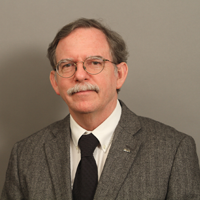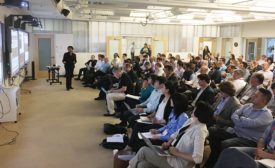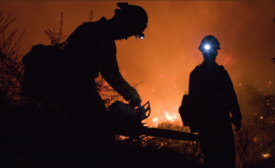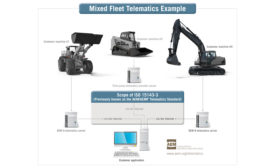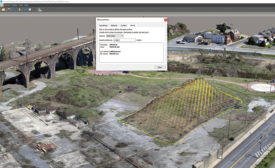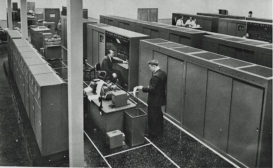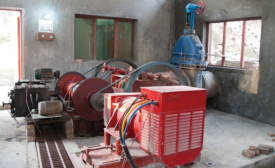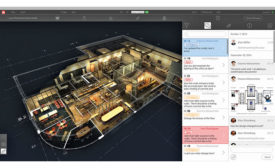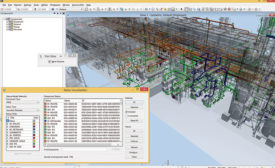Information technology
Unlocking the Construction Data Treasure Chest
Mobilizing managing and linking construction industry data via the cloud opens a world of possibilities
Read More
Technological Progress
Which Was the True Golden Age of Engineering?
Figuring out when important inventions translate into better lives
Read More
The latest news and information
#1 Source for Construction News, Data, Rankings, Analysis, and Commentary
JOIN ENR UNLIMITEDCopyright ©2024. All Rights Reserved BNP Media.
Design, CMS, Hosting & Web Development :: ePublishing
